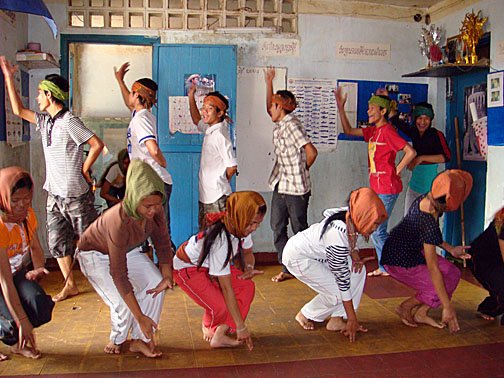According to news coming from Japan by Japan Times new classes were set in motion by the government of former Prime Minister Shinzo Abe, dancing become a compulsory subject for junior high school students this month.
Dancing will not only allow students to exercise more fully by using their entire bodies, it will also encourage communication among those dancing in groups — when they will supposedly learn how to express themselves and teach classmates how to bust a move.
Schools have been given three options: folk dance, creative dance and "dance with modern rhythm," which includes hip-hop.
But for gym teachers, most of whom never learned how to teach dance, let alone dance themselves, the change is a major headache. Why ?
At firstly Junior high schools must devote 105 hours of class time to physical education each year.
Do gym teachers know how to teach dancing?
Not really. Many of them, especially the men, appear to be struggling because this role has usually been the domain of women. The men usually teach martial arts.
"We want teachers and students to learn how fun dancing can be," said Kenichi Yoshida, a spokesman for the association.As examples, the ministry suggests dances performed at the famous "Gujo Odori" summer festival in Gifu Prefecture, dating from the 18th century, and the Bon festival dances that accompany "Tanko Bushi," a song about coal mining in Mitsui, Fukuoka Prefecture. The Czech Republic's Doudlebska Polka and America's Oklahoma Mixer also come highly recommended.
Makfolk Association is optimistic about this. We have seen already Japanese singing and dancing Macedonian dance and music so...with Japanese devotion and hard work everything is possible.
We are cursorily waiting for first videos of Japanese dancing Polka :)

